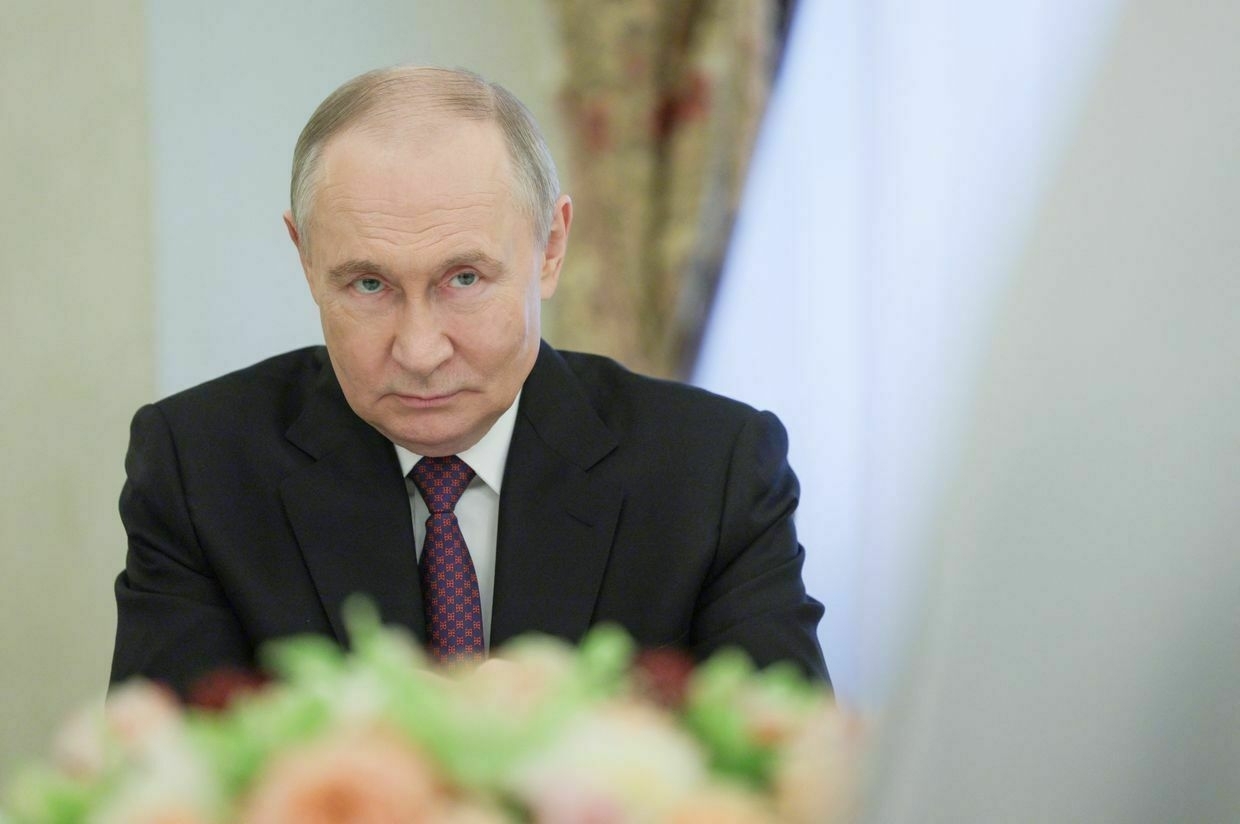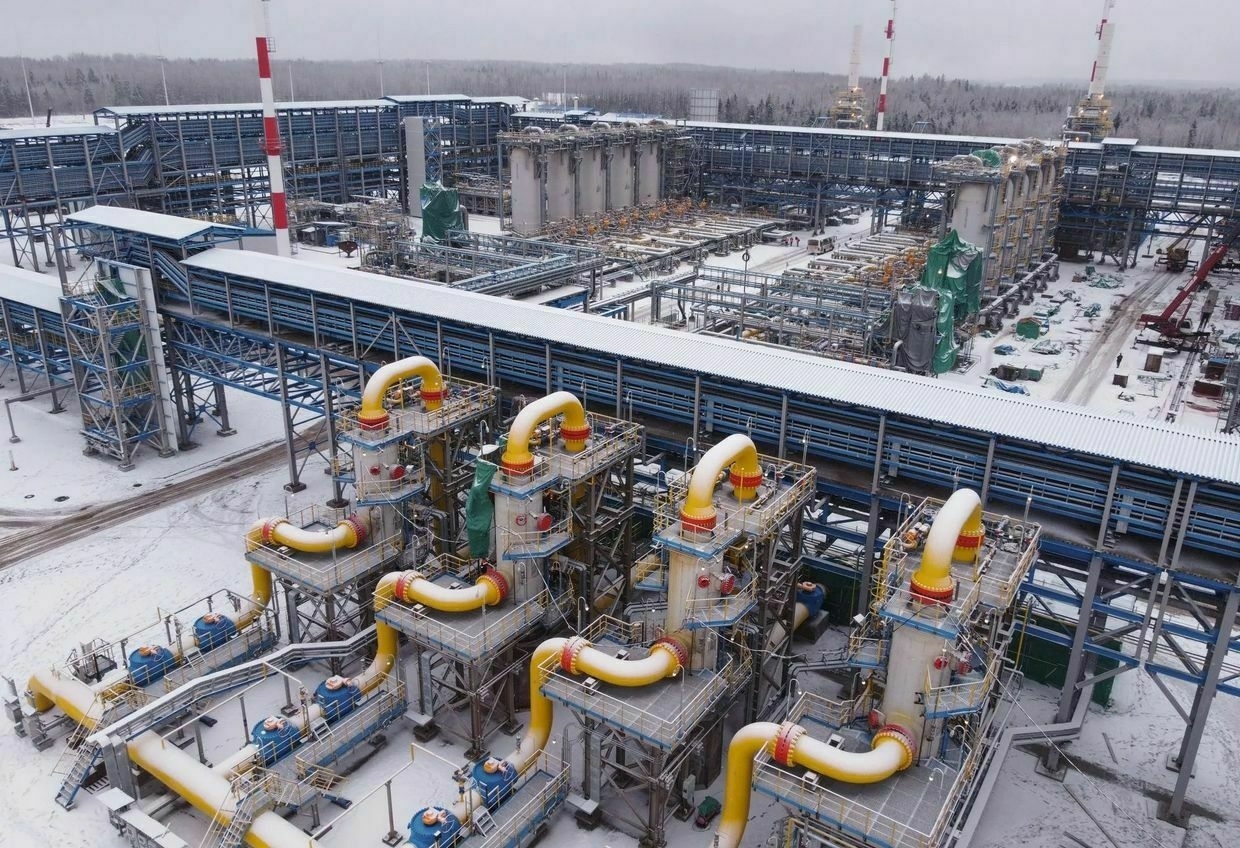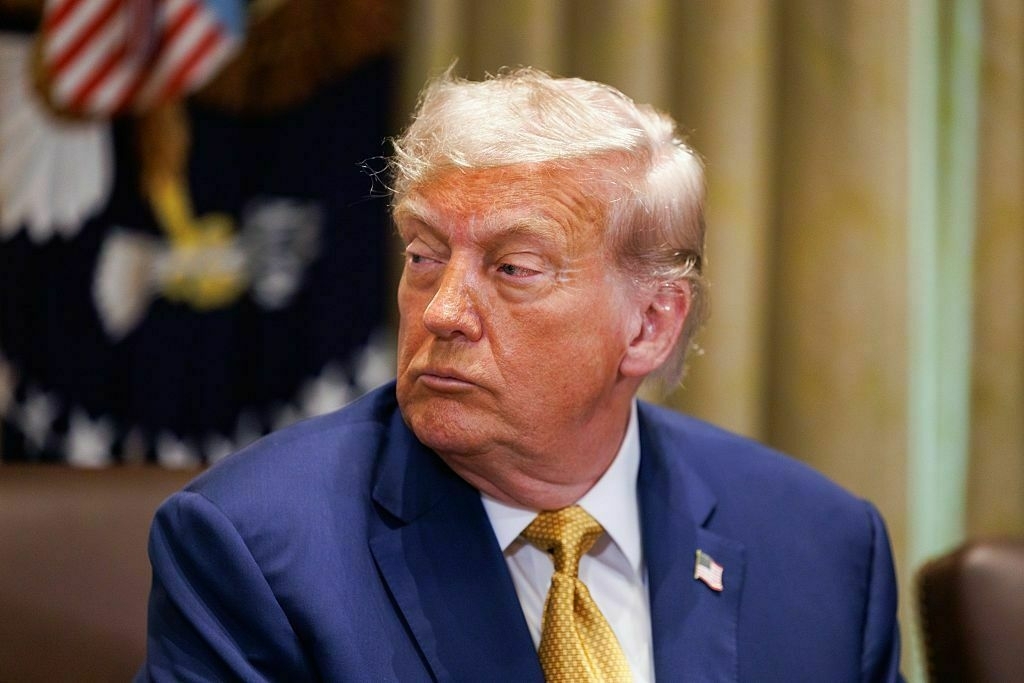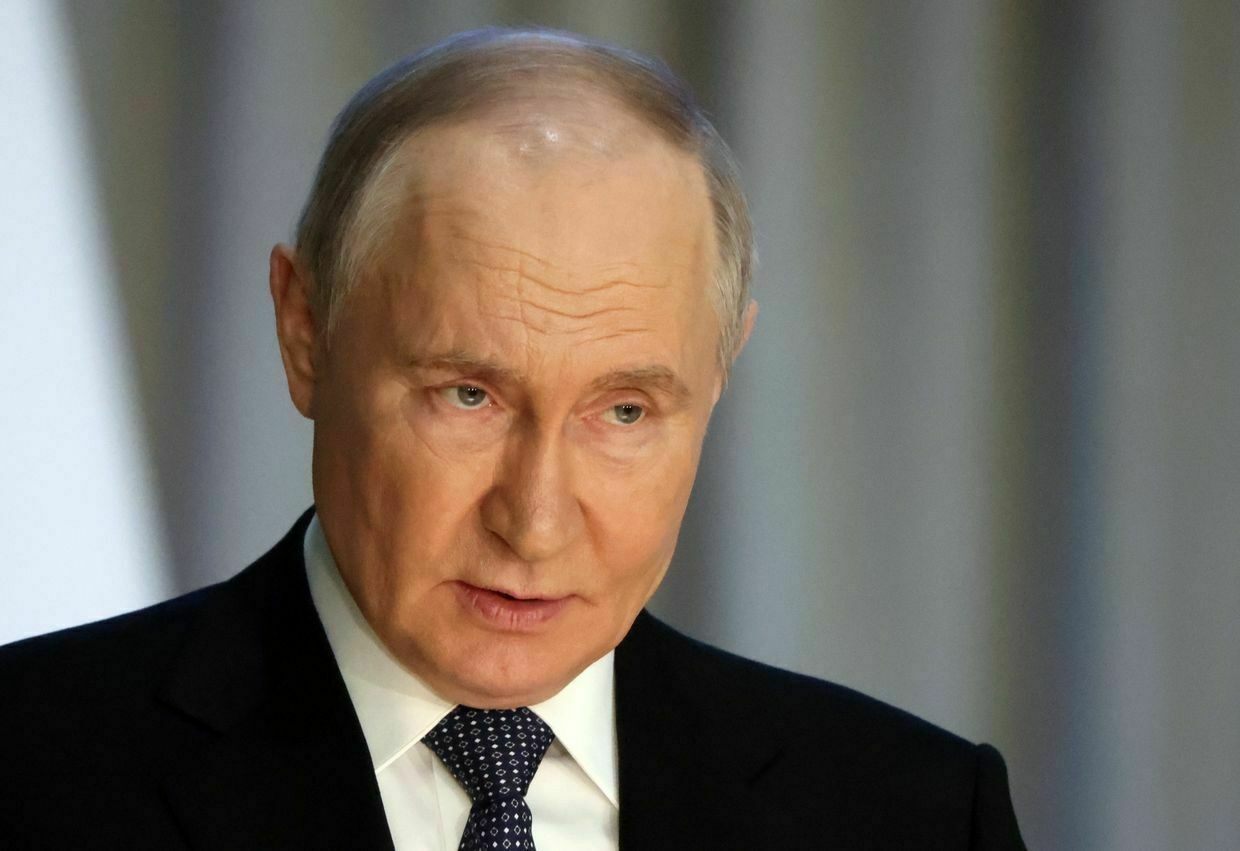-
“Spiderweb” 2.0? Ukrainian drones destroyed Russian fighter jets in Crimea!
-
'No other choice' — Syrskyi says Ukraine must mobilize to counter growing Russian forces
Oleksandr Syrskyi, Commander-in-Chief of the Armed Forces of Ukraine, warned on Aug. 5 that Russia is accelerating its mobilization efforts, with plans to form 10 new military divisions by the end of the year. In response, Ukraine has “no other choice” but to intensify its own mobilization efforts.
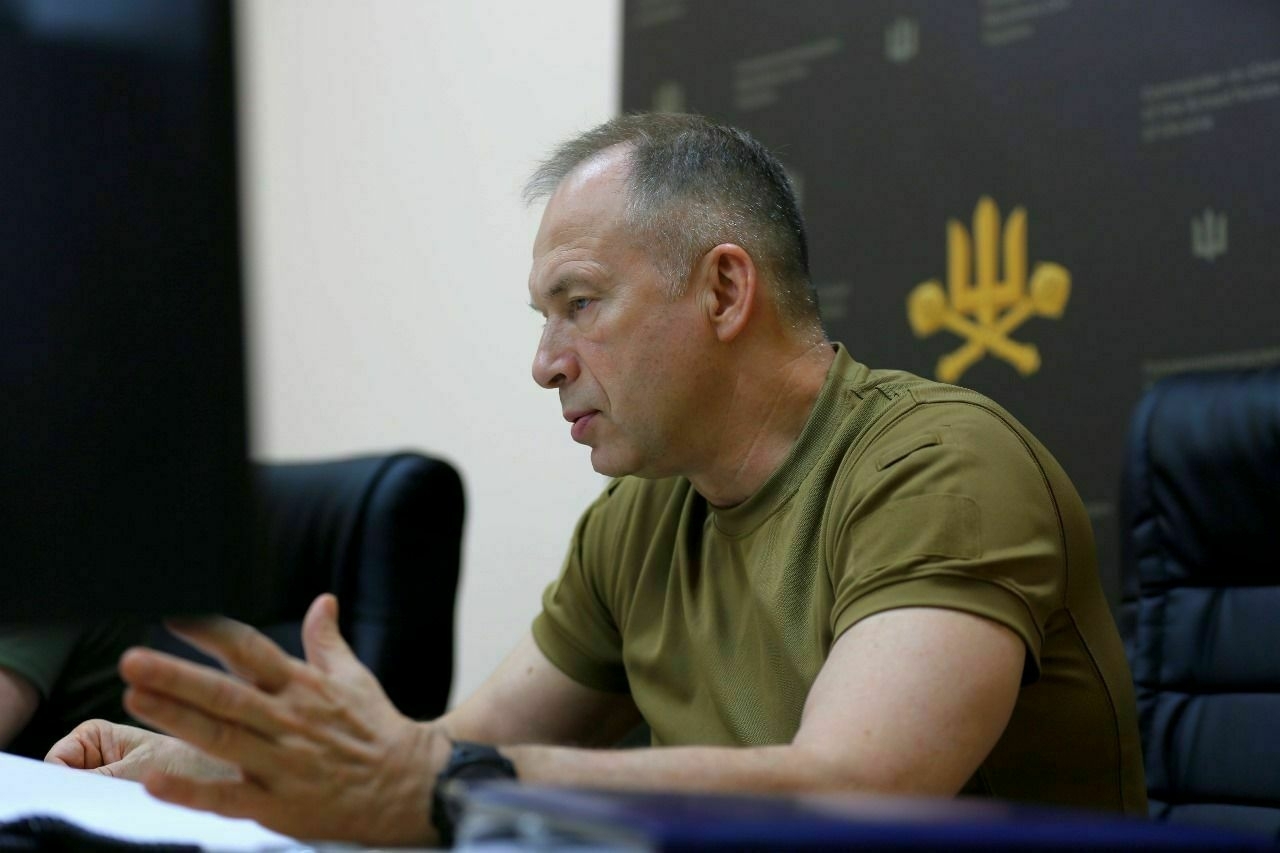
-
CONSEQUENCES of a new SSU special operation: 5 Russian fighter jets HIT in Crimea #shorts
-
Humanitarian crisis in Kherson escalates but Russian river crossing remains unrealistic
After enduring a Russian occupation, a manmade flood, and drone attacks that turned its streets into a human safari, the southern Ukrainian city of Kherson could soon be made completely unlivable.
The extended range of Russian drones flown from across the Dnipro River has brought the main roads supplying Kherson
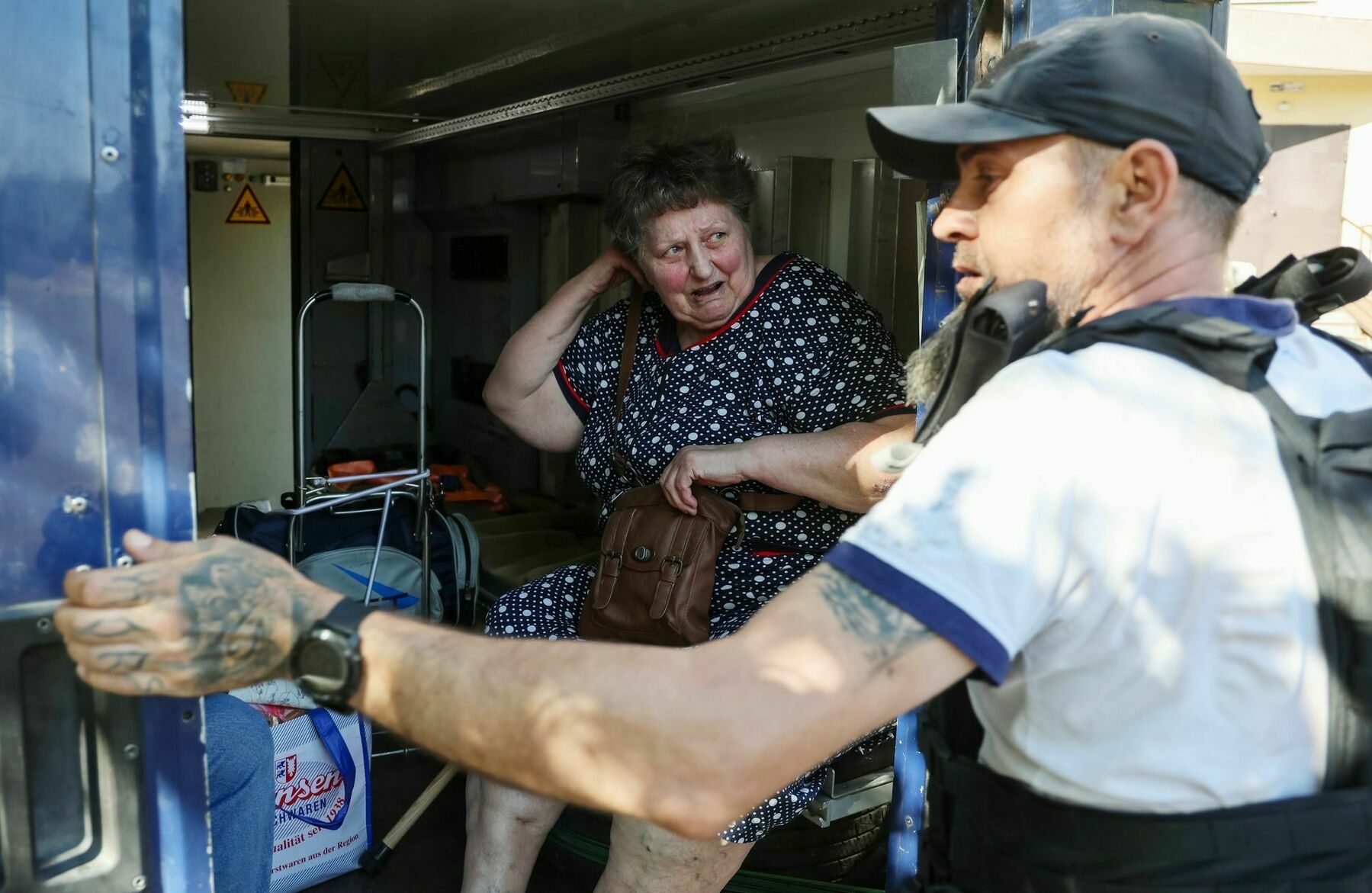
-
Putin unmoved by Trump's ultimatum as confidants predict Ukraine front-line collapse
Russian President Vladimir Putin is reportedly unwilling to end the war during the summer offensive, despite an "ultimatum" from Washington. According to sources close to the Kremlin, who spoke to Reuters, Russia sees no reason to stop until it occupies four regions. The deadline for U.S. President Donald Trump's "ultimatum" is set for this Friday, yet Moscow is not seeking a truce. Putin maintains confidence in victory and doubts the impact of additional U.S. sanctions after three years of constraints. One insider stated that the military objectives outweigh the chance to improve relations with the United States. The goal involves the complete capture of the Donetsk, Luhansk, Zaporizhzhia, and Kherson regions. Only then is Putin prepared to discuss a peace agreement.
The media reports that direct talks with Ukraine in Istanbul are merely an effort to assure Trump that Putin hasn't abandoned peace. These meetings reportedly lack substantial content but have facilitated humanitarian exchanges. According to a source, despite concerns over deteriorating ties with Washington, Putin hopes for future friendship and trade restoration with the West. Halting the war while his troops advance is seen as senseless; both the populace and the military might not comprehend such a move. Furthermore, the General Staff has assured the president that the front in Ukraine will collapse in 2-3 months. An unnamed source described the prospect of fresh sanctions as "painful and unpleasant" but not disastrous. Doubts persist in Moscow regarding their potential harm, and there's skepticism about whether Trump's threats might prove empty once again.
The Kremlin cannot envision China ceasing its purchase of Russian oil and even anticipates a price hike. Trump himself admitted Russia's adeptness at evading sanctions, noting, "They're shrewd characters, and they're quite good at avoiding sanctions, so we'll see what happens," during remarks to reporters over the weekend. A source emphasized that Putin is turning away from the U.S. peace offer made back in September, entailing a full ceasefire in exchange for lifting U.S. sanctions, U.S. recognition of Crimea as Russian territory, and de facto recognition of Russia’s control over territories seized since 2022. The source called it a "fantastic opportunity" but added that ending a war is significantly harder than starting one.
Andriy Kovalenko, the head of Ukraine's National Security and Defense Council's Center for Countering Disinformation, remarked that Putin has been deceived. Kovalenko indicated that misleading forecasts typically come from his aide Nikolai Patrushev, first deputy head of Putin’s administration Sergey Kirienko, and Chief of the Russian General Staff Valery Gerasimov. "Patrushev benefits from digging Putin deeper into the conflict in order to position his son as a successor, not to mention other kickbacks. Kirienko from Putin’s administration, too, cashes in from the war's logistics and consolidates regional authority. Meanwhile, Gerasimov knows nothing beyond warfare. As for Putin, he’s a fan of simple solutions and still trusts paper reports," explained Kovalenko.
Dmitry Peskov, the Kremlin spokesperson, stated that President Vladimir Putin is open to meeting with Ukrainian leader Volodymyr Zelensky, but only after "preparatory work at an expert level". On August 1, Putin attempted to place blame on Ukraine for stalling peace talks.
-
Russia withdraws from Intermediate-Range Nuclear Forces Treaty
Russia has officially withdrawn from its moratorium on the deployment of intermediate-range and shorter-range missiles (INF). This move paves the way for potential tests of the new "Oreshnik" missile systems at the Kapustin Yar range. The Russian Ministry of Foreign Affairs announced the cessation of the unilateral moratorium, citing the disappearance of conditions needed for compliance and placing responsibility on the United States and its allies. According to the ministry, there is ongoing deployment of U.S.-made land-based INF missiles in Europe and the Asia-Pacific region.
The Kremlin suggests that the U.S. armed forces have allegedly completed tests of several new INF systems and have begun serial production. Reports indicate the transfer of U.S. missile systems to allied territories, including Denmark, the Philippines, and Australia, with plans to deploy Typhon and Dark Eagle systems in Germany by 2026. The Russian response will be based on an interdepartmental analysis of the U.S. and other Western missile deployments, said the foreign ministry's statement. In light of these developments, there has been a temporary closure of the airspace over the Kapustin Yar range in Astrakhan from August 4 to August 8.
While Russia's Defense Ministry has not commented, Ukrainian analysts speculate that Moscow could conduct tests of the new "Oreshnik" intermediate-range ballistic missile system (IRBM), purportedly already in serial production. Analysts from Defense Express suggest these claims might involve as few as one battalion—consisting of 2-3 mobile launchers and a few support vehicles being deployed at the range.
There is uncertainty around the production capabilities, but Russian analysts believe their defense industry could produce another "Oreshnik" battalion by the end of 2025. Conversations regarding the deployment of these missile systems, potentially in Belarus or Russia's European areas, appear intended to make an impact in the ongoing information conflict with the West.
Russia has previously developed, tested, and deployed INF missiles, including Iskander-K cruise missiles, even before officially ending the moratorium. One such complex attacked Kyiv on July 31, 2025, skirting former INF Treaty limitations. On June 23, President Vladimir Putin announced the ramp-up of the "Oreshnik" missile system production, boasting of its combat effectiveness.
At the start of January 2025, the U.S. successfully conducted a live-fire exercise using the medium-range surface-to-surface missile system known as the Typhon Weapon System, a crucial component of the U.S. Army's strategy within the 500 to 1500 km range.
-
SSU destroys Russian aircraft in Crimea! Ukraine strengthens ties with the West | News Pulse
-
Ukraine war latest: Ukraine obtains classified data on Russia's newest nuclear submarine, intelligence claims
Key developments on Aug. 5:
- Ukraine obtains classified data on Russia's newest nuclear submarine, intelligence claims
- 'Productive' phone call with Trump focused on ending war, sanctions, drone production, Zelensky says
- Three Nordic countries to fund $500 million in US weapons for Ukraine
- Russia considers air truce
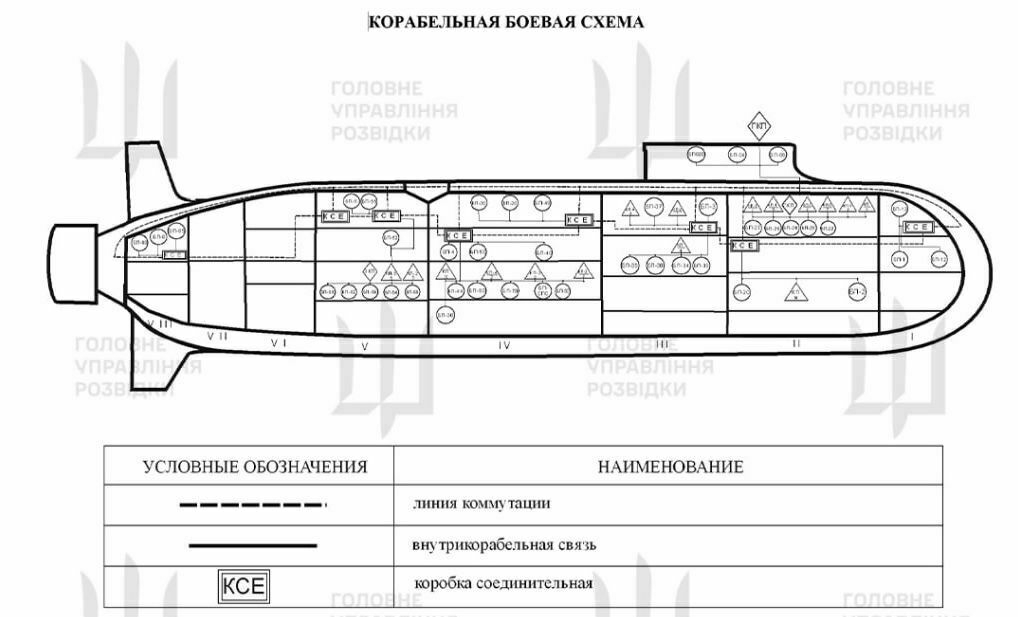
-
Shock! What NUCLEAR weapon did TRUMP send toward Russia? #shorts
-
Russia considers air truce proposal to Trump without ending war, Bloomberg says
-
Trump Moves In Close: U.S. Nuclear Submarines Now Near Russian Borders
-
Russian armored vehicles spotted in Gomel, Belarus
Russian armored vehicles have been spotted on the streets of Gomel, a city located in Belarus just 100 kilometers from Ukraine's Chernihiv. Some of these vehicles were equipped with makeshift anti-drone structures and marked with red tactical symbols, according to reports from the Telegram channel BelVarta.
Witnesses noted that the military personnel accompanying the equipment sported red arm bands. “Extremely disturbing information has emerged from Gomel. Armored personnel carriers have been seen in the city streets, some of which are outfitted with improvised anti-drone frames. This coincides with Paratroopers’ Day, however, the identification markers on the vehicles are cause for serious concern,” stated the message.
It's reported that the armored units were marked with red squares, while commanding officers wore red bands on their sleeves, resembling those worn by Russian occupying forces in Ukraine.
“These indicators suggest that Russian military personnel may be present or operating in Belarus with new, unknown objectives. The appearance of such equipment, especially with homemade modifications in a major city instead of a training ground, is a very dangerous signal and may indicate preparations for significant actions,” writes BelVarta.
Activists note that the regime is not even attempting to conceal the presence of foreign troops and their preparations. They urged citizens to report such incidences.
Ivan Stupak, a former SBU officer and consultant to the Parliamentary Committee on National Security, discussed with the "Telegraf" whether there was a connection between this footage and planned military exercises.
“We are expecting exercises in Belarus. They must take place. Possibly, these vehicles are among the first samples showing up on Belarusian territory. This could be local equipment preparing for the drills,” Stupak commented.
He pointed out that two aspects could signal danger—the number of personnel, if exceeding 3,500 or even reaching 10,000, along with the unloading of munitions. The greatest threat, according to Stupak, lies not with the tanks and artillery themselves, but the possibility of a hybrid operation, particularly in the Baltic nations.
"As for Ukraine, no immediate risk is noted here as of now. However, attention should be paid to the number of vehicles, personnel, and munitions,” Stupak concluded.
In context, Belarusian politician Alexander Lukashenko recently stated that if Ukraine refuses to negotiate with the Kremlin, Russian forces could capture Kramatorsk within a month and a half to two months, moving further thereafter.
On July 1st, reports surfaced that Belarus is forming a new special operations brigade near the Ukrainian border, which coincides with the onset of large-scale exercises with Russia.
-
Terrifying footage! Russia attacks a bridge in Kherson
-
Witkoff's Russia visit is 'one last chance' for Putin before Trump takes action, analysts say
As U.S. President Donald Trump trades barbs with Russian officials amid growing tensions, he has announced he may send his special envoy Steve Witkoff to Russia this week.
The visit, which Russia has yet to confirm, would likely take place on Aug. 6 or 7 — immediately before a

-
Russia's oil and gas revenues fall for third consecutive month
-
'Food shortage is coming' — experts warn Russia's war on inflation risks Soviet-style economy collapse
Amid worsening inflation, Russia is preparing to cap prices on staple food items, a move analysts say signals a shift toward a command economy that could trigger shortages, long queues, and public discontent.
According to a report by Russian pro-government media outlet Kommersant, the Agriculture Ministry and Industry and Trade
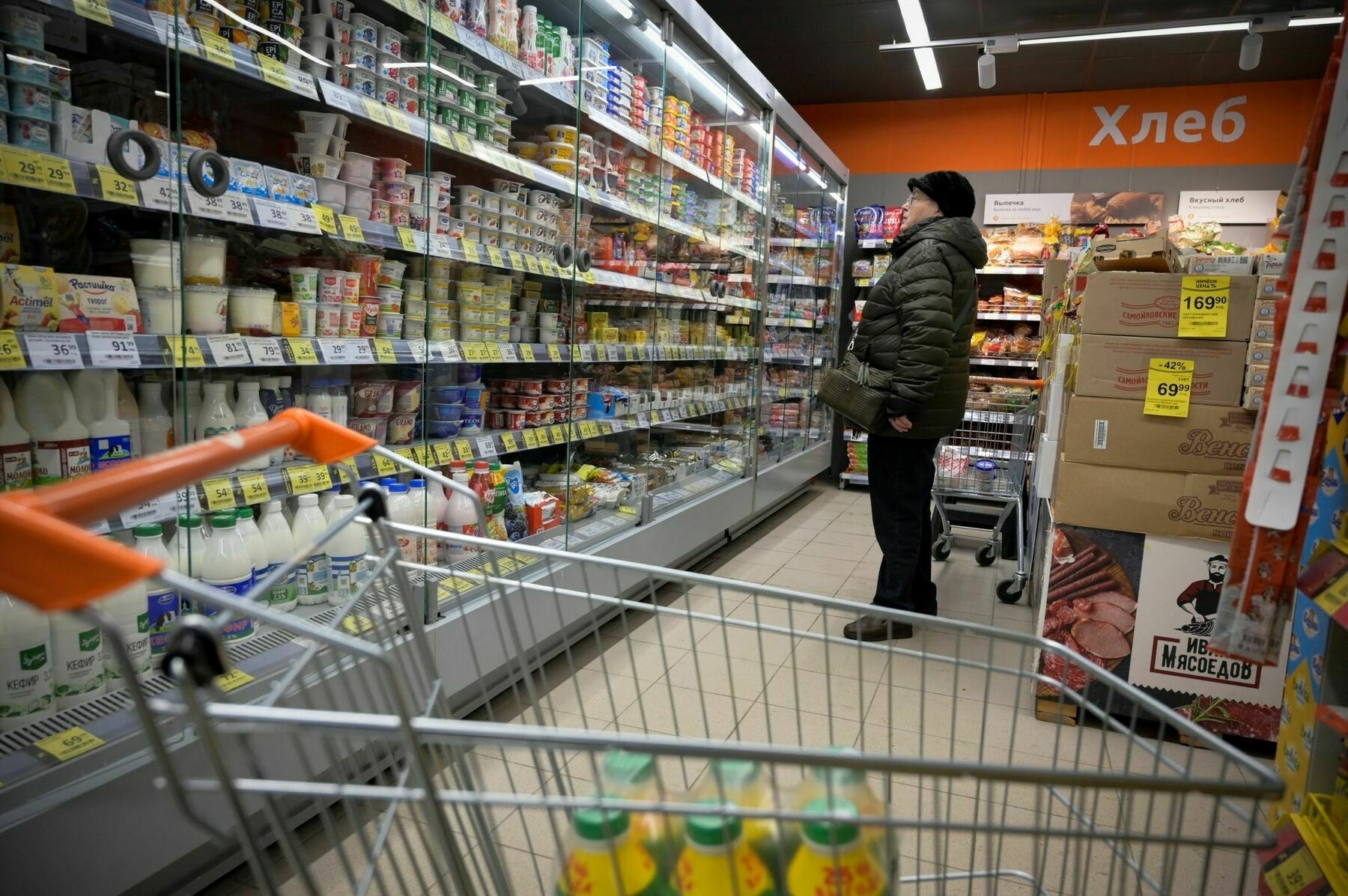
-
'His economy stinks,' — falling oil prices could force Putin to end war, Trump says
-
Trump Furious! Russian Summer Offensive Collapsing – Occupiers Trapped!
-
Kremlin confident in the face of Trump's sanctions threats, doubts real impact, Reuters reports
-
Ukraine raises issue of alleged Indian parts in Russian drones amid growing scrutiny of Moscow ties
